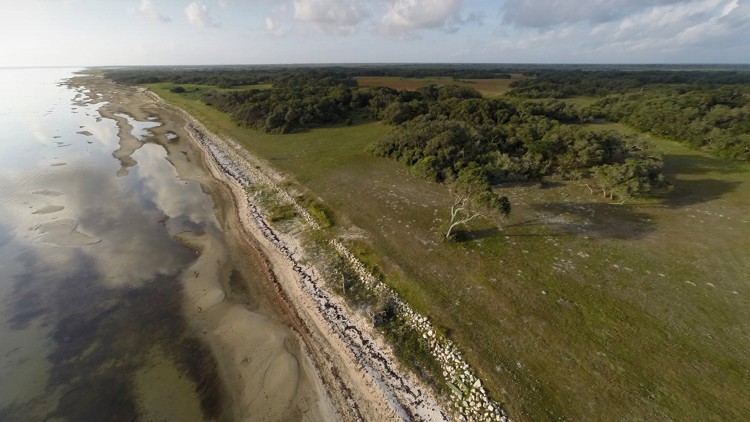
By Myron Hess and Jennifer Walker
Originally published as an special to the American-Statesman
While water in the Colorado River remains fairly clear, the Lower Colorado River Authority’s management of that water seems to be getting increasingly murky and less transparent all the time.
LCRA is constructing a $225 million off-channel reservoir — Lane City — adjacent to the Colorado River in Matagorda County. An off-channel reservoir is a storage structure constructed near a river rather than in the river channel.
LCRA has yet to explain how the reservoir will be operated, even though the state has committed loan funds and issued a permit amendment; the federal Corps of Engineers has given approval; and construction is well underway. That lack of an explanation is not the result of a shortage of requests from us and others to LCRA. Instead of explaining how this reservoir will be operated, LCRA is pushing plans to build even more off-channel reservoirs between Austin and the Gulf Coast.
Why does this matter? The water proposed to be captured in the reservoir represents freshwater that otherwise would be headed to Matagorda Bay. The future health of the Colorado River and of Matagorda Bay is at risk. Adequate fresh water is needed to maintain water quality in the river and the health of the bay. The river provides essential nutrients and sediments to the bay and moderates its salinity, making estuaries like Matagorda Bay among the most productive habitats in the world.
Ecotourism, along with recreational and commercial fishing, pump billions of dollars into the Texas economy each year —and they also depend on adequate freshwater inflows. Species like oysters, shrimp, redfish and roseate spoonbills rely on a healthy bay.
Scientific studies tell us how much flow is needed to keep the Colorado River and the bay healthy. For example, scientists have identified one annual pattern of relatively low inflows to the bay that should be met or exceeded in at least nine out of 10 years in the future. However, the state’s water availability model predicts that if all permits to withdraw water from the river were fully used, Matagorda Bay would get that annual inflow in less than four out of 10 years.
Depending on how the Lane City Reservoir is operated, it could speed Matagorda Bay down the path toward serious degradation. Without question, there are growing demands for water up and down the river. Meeting those needs, while also maintaining a healthy Colorado River and Matagorda Bay, will require a careful balance that stresses improved water use efficiency and management, along with improved transparency. All stakeholders should have the opportunity to be involved in meaningful and open conversations before new reservoirs are built.
This type of essential transparency has been missing for the Lane City Reservoir and it isn’t clear when LCRA intends to share its plans for operating the reservoir. This reservoir project needs clarity now.
For many years, LCRA had been operating in an open and cooperative fashion, with a focus on transparency; however, LCRA’s plans for this project — which at least as they have been shared publicly — remain far too murky. There are many important questions to be addressed. What limits will apply for determining when diversions from the river take place? Will LCRA divert river flows even when the freshwater inflow needs of Matagorda Bay are not being met? How much — if any — of the water stored in the reservoir will be available for release to the bay to help meet inflow needs during critical times? Who will end up paying for this project?
As representatives of conservation organizations concerned about the health of our rivers and bays, we are eager to have a meaningful dialogue — but time is running out. The well-being of the Colorado River and Matagorda Bay, along with the livelihoods they support and the natural heritage of current and future Texans, is at stake.
LCRA should clear the waters on the Lane City Reservoir — and do it soon.
Myron Hess is the director of Texas Water Programs for the National Wildlife Federation. Jennifer Walker is Water Resources program manager for the Sierra Club’s Lone Star Chapter.